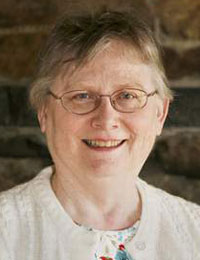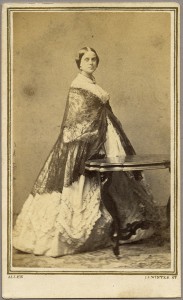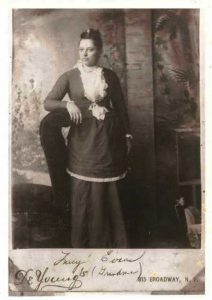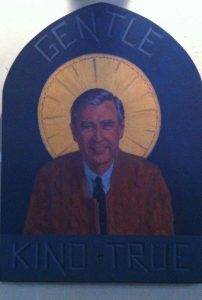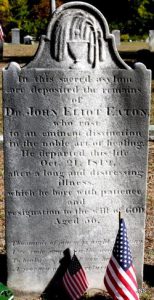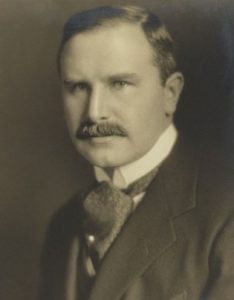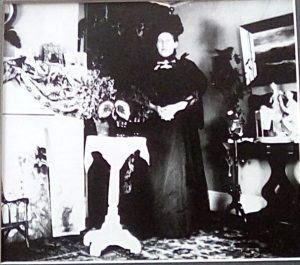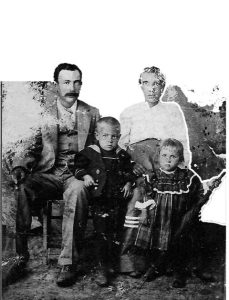 There was no Vita Brevis post on April Fools’ Day this year since April 1st fell on Sunday, so I’m sharing some funny family pictures today.
There was no Vita Brevis post on April Fools’ Day this year since April 1st fell on Sunday, so I’m sharing some funny family pictures today.
The first photograph didn’t start off funny; in fact it’s a little sad due to its deteriorated condition. However, after some … shall we say “inexpert”? … photo restoration by a family member (who shall remain nameless to protect the guilty), it has become hilarious!
I’m afraid that I don’t have a copy of the entire picture in its original state, but the first stage of editing gives a good idea of the unaltered condition. It depicts my husband’s great-grandparents, Joseph and Genevieve (Perone) Sciolaro, and their two oldest children, taken circa 1900 in Kansas City. Continue reading Funny photos
